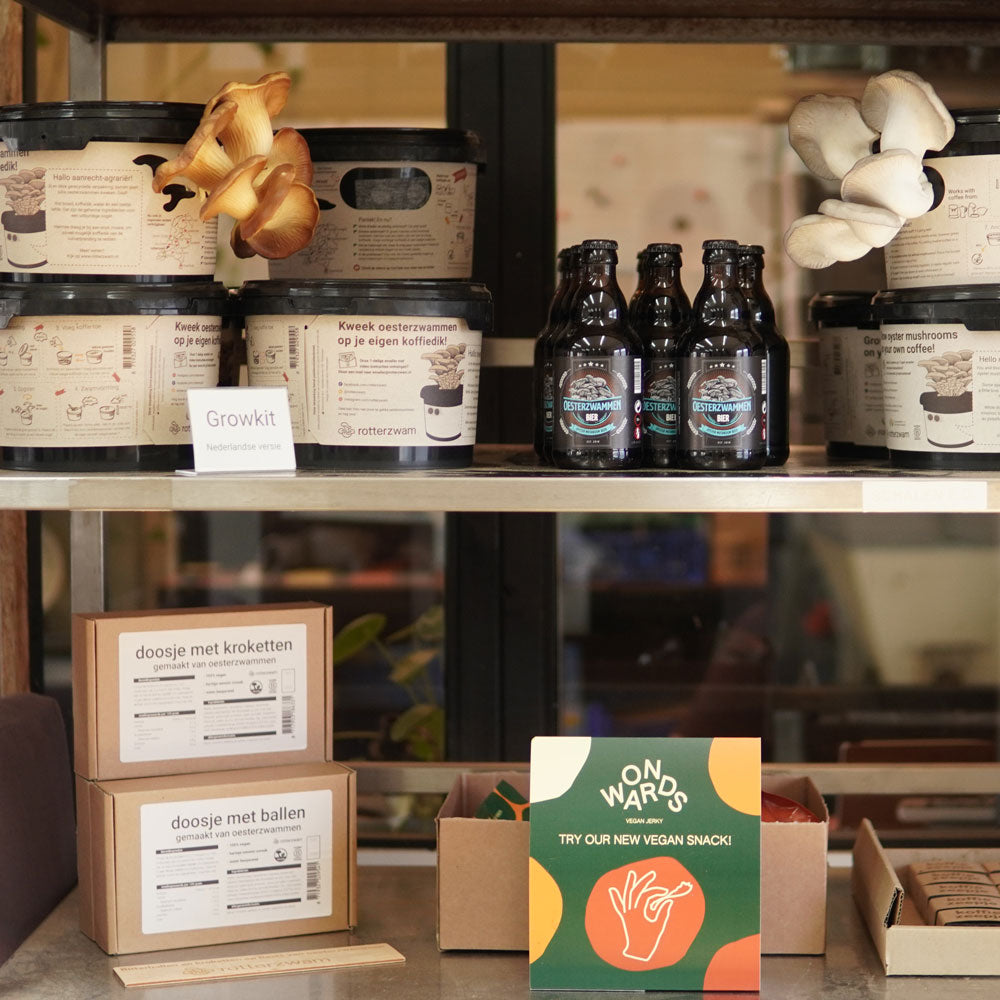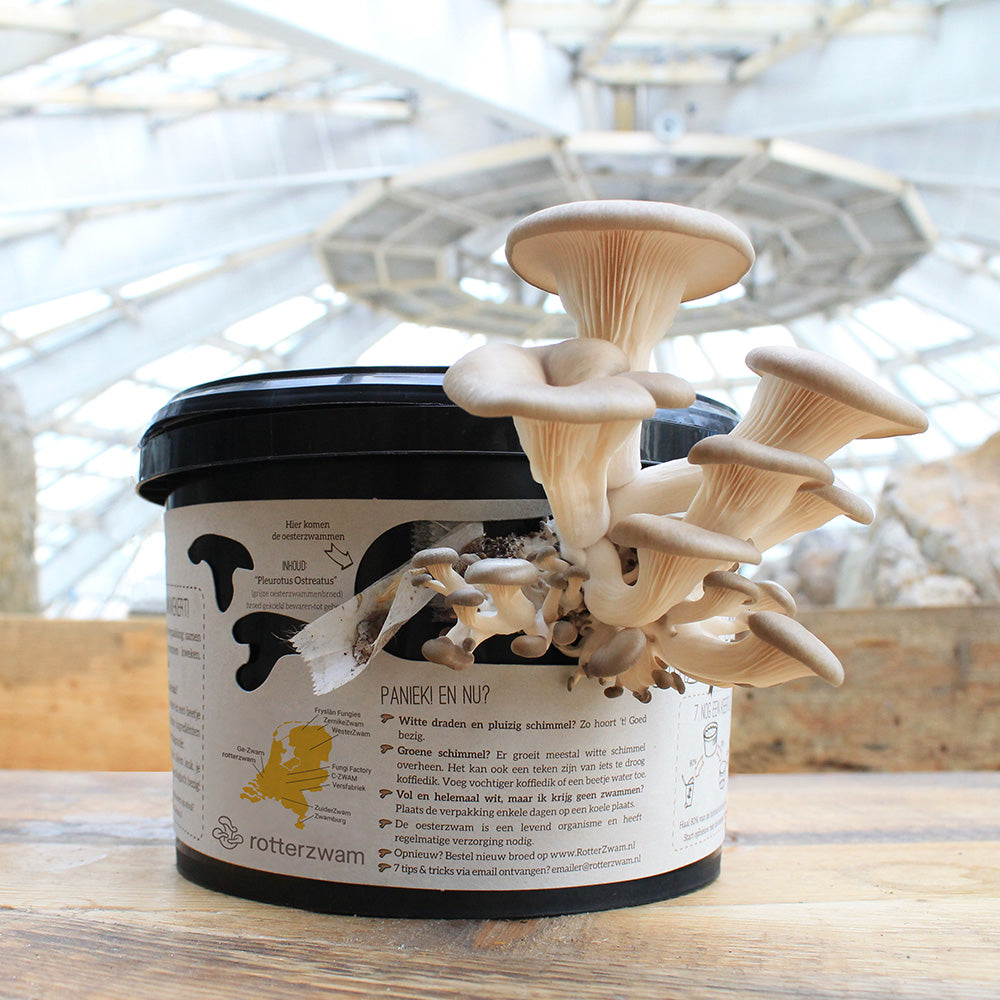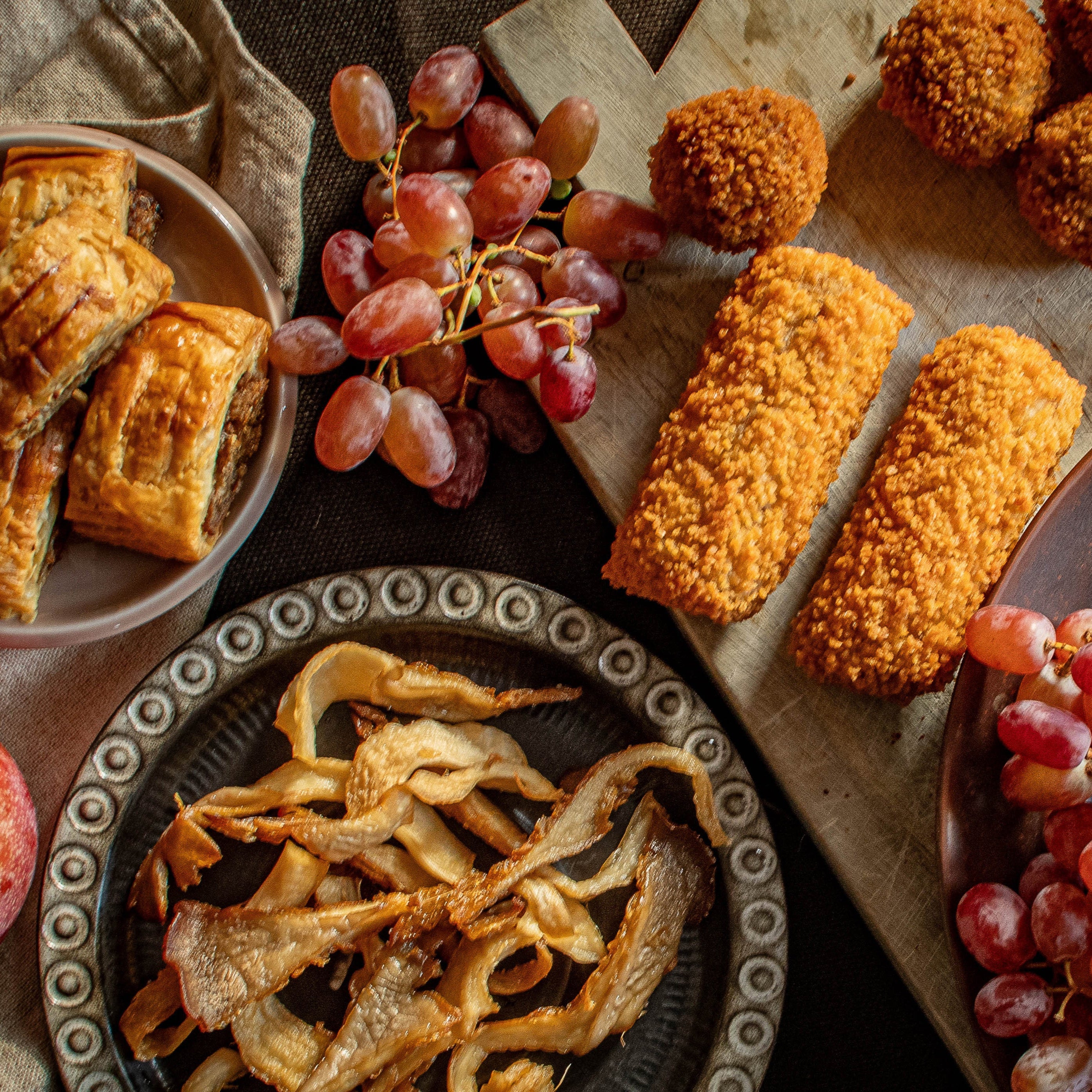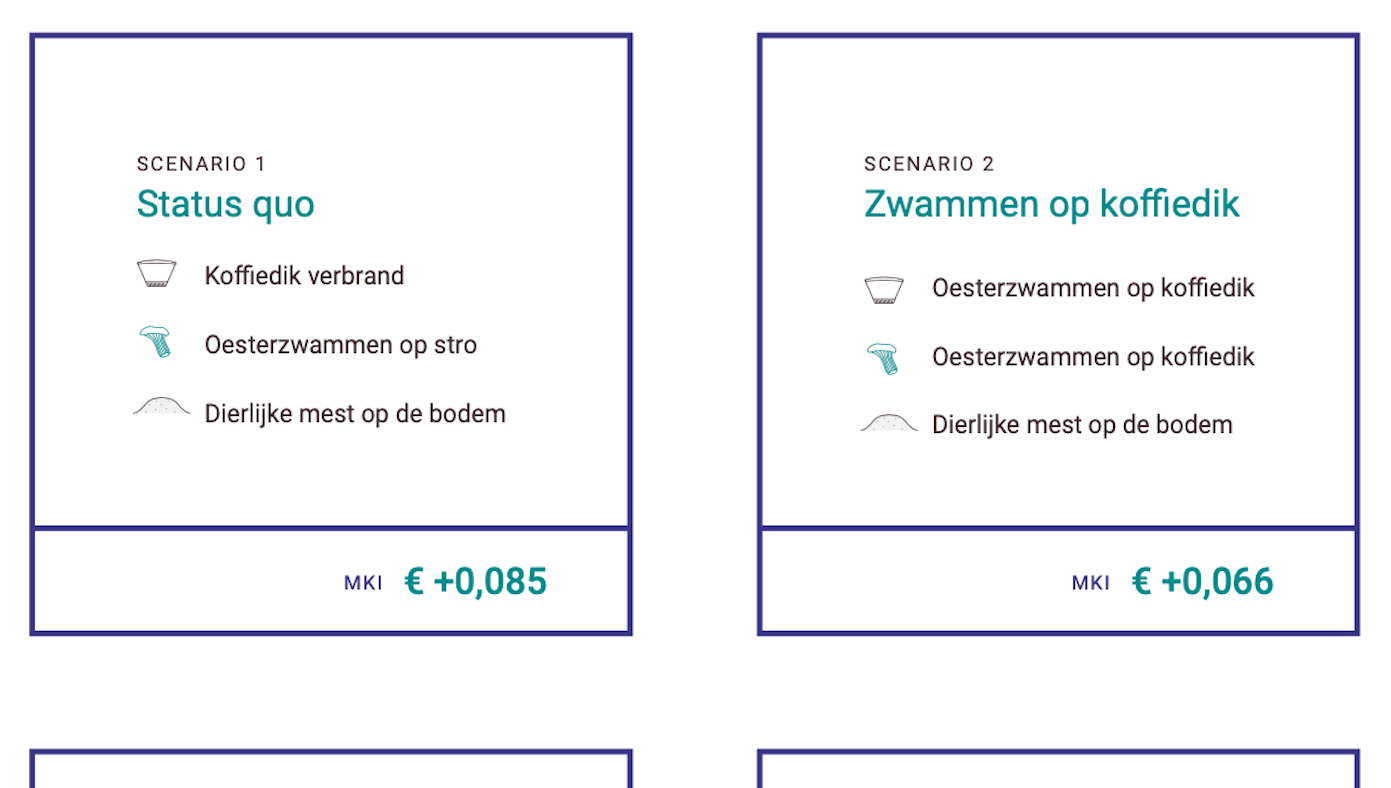This blog series is about our "Back to the Soil" project, in which we investigate whether several organic waste streams can be used as soil improvers in arable farming and how this can be legally made possible. This thirteenth blog post discusses the environmental benefits of using these waste streams on the soil. Below, you'll find an overview of all the blog posts in this series.
Using organic waste streams as soil improvers sounds like a sustainable idea, but what exactly is the impact of this plan? To find out, Ecochain compared several scenarios based on the environmental cost indicator (also known as MKI ). The MKI is a single-score indicator expressed in euros. It combines all relevant environmental impacts into a single environmental cost score that demonstrates the "environmental shadow costs" of a product, project, or, in this case, scenario. MKI makes it possible to clearly and quantify sustainability and circularity based on a single figure.
From status quo to circular
In the baseline scenario (scenario 1), we assume current practices: coffee grounds are burned, oyster mushrooms are grown on straw, and animal manure is used on the land. In subsequent scenarios, we change the various elements until we arrive at scenario 4: coffee grounds are used to grow oyster mushrooms, and the coffee substrate is then used as a soil improver.
The environmental costs of each scenario are expressed in euros per kilogram of coffee grounds. A positive figure therefore indicates that there are negative effects that are externalized. A negative figure indicates that there is a social benefit. Because the scenarios could be calculated in different ways, the focus is primarily on the ratios between the calculated environmental impact assessments, not the environmental impact assessments themselves.
Environmental benefits from using residual flows on the soil
The worst-case scenario is clear: the status quo. The environmental cost per kilogram of coffee grounds is 8.5 cents. We also see that the environmental costs decrease when the coffee grounds are used to grow oyster mushrooms (scenario 4), but especially when the coffee grounds or spent coffee substrate are applied to the soil. In the two scenarios in which coffee grounds are applied directly or indirectly to the soil, the environmental impact assessment (MKI) is even negative. This means that, compared to the first two scenarios, there are significant environmental benefits. This is mainly due to the avoided greenhouse gas emissions from animal manure. The greenhouse gases released during the application of coffee grounds and substrate are significantly lower.
Using substrate and coffee grounds on the bottom is therefore also a good idea for the environment.

Want to know more? This series consists of 11 blogs in which we tell you all about the project. Click and read more:
- Intro: Back to the Soil blog series
- Back to the Bottom: The Plan
- Residual flows on the soil: why?
- From plan to experiment: the legal waste stream soap
- Waste legislation: what is waste?
- Organic waste flows on the soil: what are the legal implications?
- Update 1: Pot trials, waste stream collection & spreading
- Update 2: Back to the bottom
- Residual flows on the soil: the research results
- Residual flows on the soil: the impact
- Residual flows on the soil: the next steps







Leave a comment
All comments are moderated before being published.
This site is protected by hCaptcha and the hCaptcha Privacy Policy and Terms of Service apply.